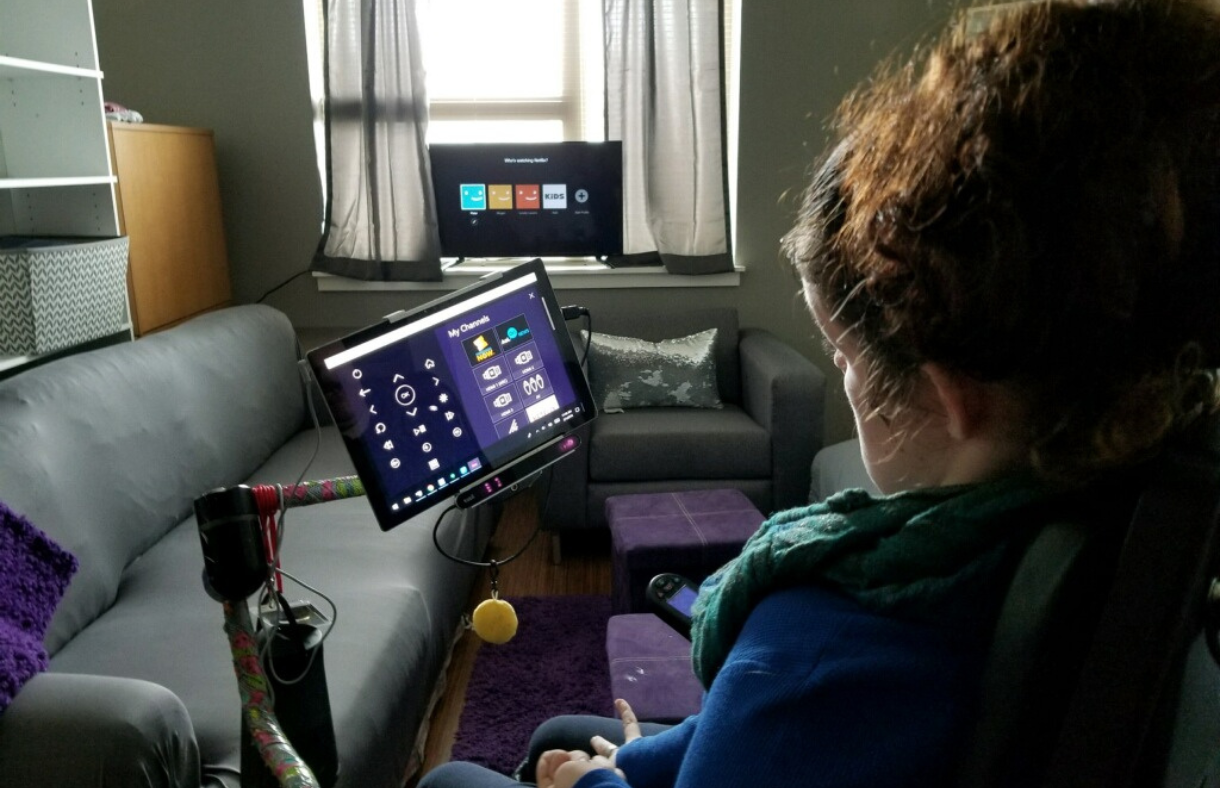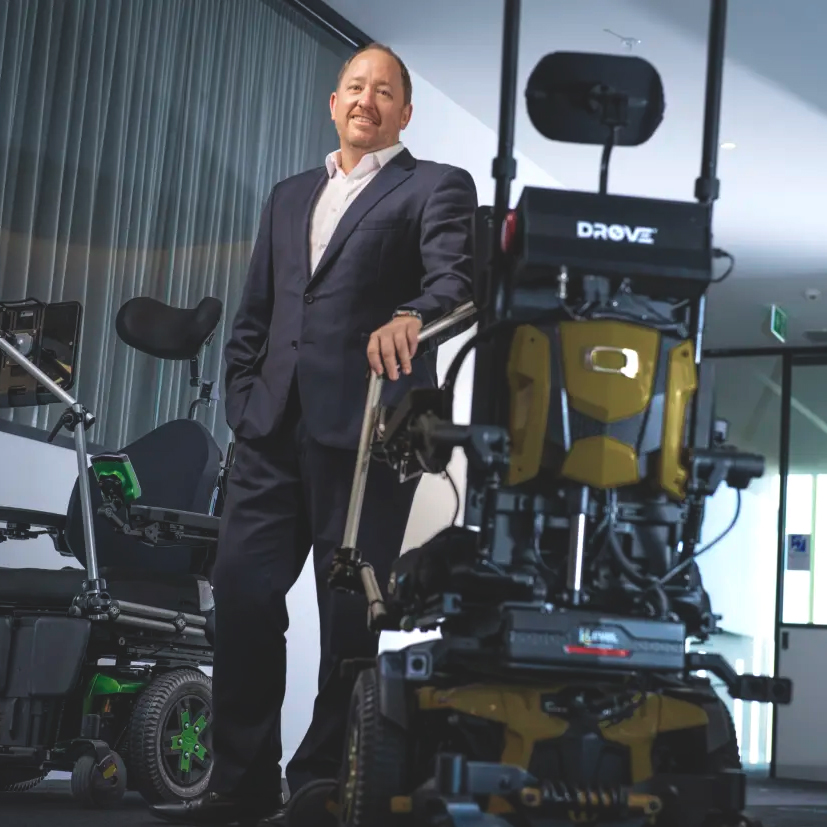ALS. Short for “amyotrophic lateral sclerosis.” Also known as “Lou Gehrig’s Disease” for the baseball player who died from it in 1941. By any name, it’s a nightmare to be diagnosed with: it eats away the brain’s motor neurons, progressively reducing muscle control and ultimately leading to paralysis and respiratory failure. Average life expectancy after a diagnosis is 2–5 years, though some patients survive much longer—the record holder probably being astrophysicist Stephen Hawking, who was diagnosed in 1963 and died in 2018.
Often speech is among the first functions to go, and eye control among the last. Which makes investigating eye-gaze technology a natural first step after ALS diagnosis.

Eye-Gaze Technology Defined
For people without functioning verbal speech, the traditional solution was to write out what they wanted to say. The obvious drawback was that this required hand-muscle control, making it little help for disorders that impaired speech and overall dexterity.
More recent options get around that obstacle with eye-gaze technology. Says Daryn Ofczarzak, BridgingApps Speech Language Pathologist: “Eye-gaze technology uses a camera that tracks eye movements to produce the effect of a cursor moving around the screen. The user can select a link or passage by blinking purposefully or by holding their eyes in one spot. This technology can be customized and utilized by users of all ages and a wide range of abilities.
“A major advantage is that users do not have to rely on someone to guess what they need or to speak for them,” which, besides being awkward in itself, often means that third parties regard ALS patients as less intelligent than they are. (It’s important to recognize that ALS rarely affects thinking ability—just physical muscle control.)
Let Assistive Technology Speak for You
Modern digital technology has another advantage: rather than relying solely on written captions, it uses “text to speech” software to translate the user’s words into audible language. Nor are today’s computer-generated voices mechanical and monotone. Artificial intelligence can design voices to fit the user’s age, gender, and ethnicity. There are even “voice banking” systems that use recordings to duplicate original natural voices.
(Two good AI voice providers are Acapela Group and VOCALiD.)
If you want to use voice banking, the best time to start is now, before your natural voice deteriorates further. The same principle applies to any assistive technology.

Don’t Procrastinate
If you or a family member receive an ALS diagnosis, it’s natural for the first reaction to be shock and denial. But if denial persists, it may cost you more than time. Deterioration of muscle control may happen slowly or rapidly, but odds are it will happen before you feel ready for it—and nothing’s worse than putting off something important until it becomes near impossible to do.
Says Leah Jonczak, Regional Sales Consultant at Control Bionics Limited: “It’s never too early to explore technology options for a degenerative disease. I am often brought in to help at the late stage of ALS, when fatigue and degenerative status are such that learning to operate a speech-generating device is a battle. I’ve seen so many people who wish they had gotten their devices months prior. Whereas clients who practiced with a device in the early stages of ALS, transitioned to it seamlessly.”
Besides locating the technology itself, ALS patients need time to check what their insurance will cover and what their doctors need to approve. If you don’t trust yourself at such an emotional time (which is perfectly normal and understandable), enlist a trusted friend, counselor, or other objective support partner.
Expert Viewpoint
Leah Jonczak summarizes the best approach to the technology search:
“Every person presents with different symptoms, so it’s hard to determine when a speech generating device (SGD) will be needed. I definitely recommend purchasing a SGD and practicing with it before needing it—slowly integrating this new technology within your daily life.
“Every eye-gaze system, from camera to communication software, has unique features and functions which benefit specific populations. This is why I encourage people to try as many systems as they can. Identifying features that are important to them now—and for the future—is key.”
Control Bionics manufactures the NeuroNode line of products for people with ALS and other movement disorders. The NeuroNode Trilogy speech generator, developed with ALS patients’ changing needs in mind, can be operated via touch, eye gaze, or eye gaze in conjunction with a NeuroNode switch that can use any controllable muscle to activate digital buttons.

